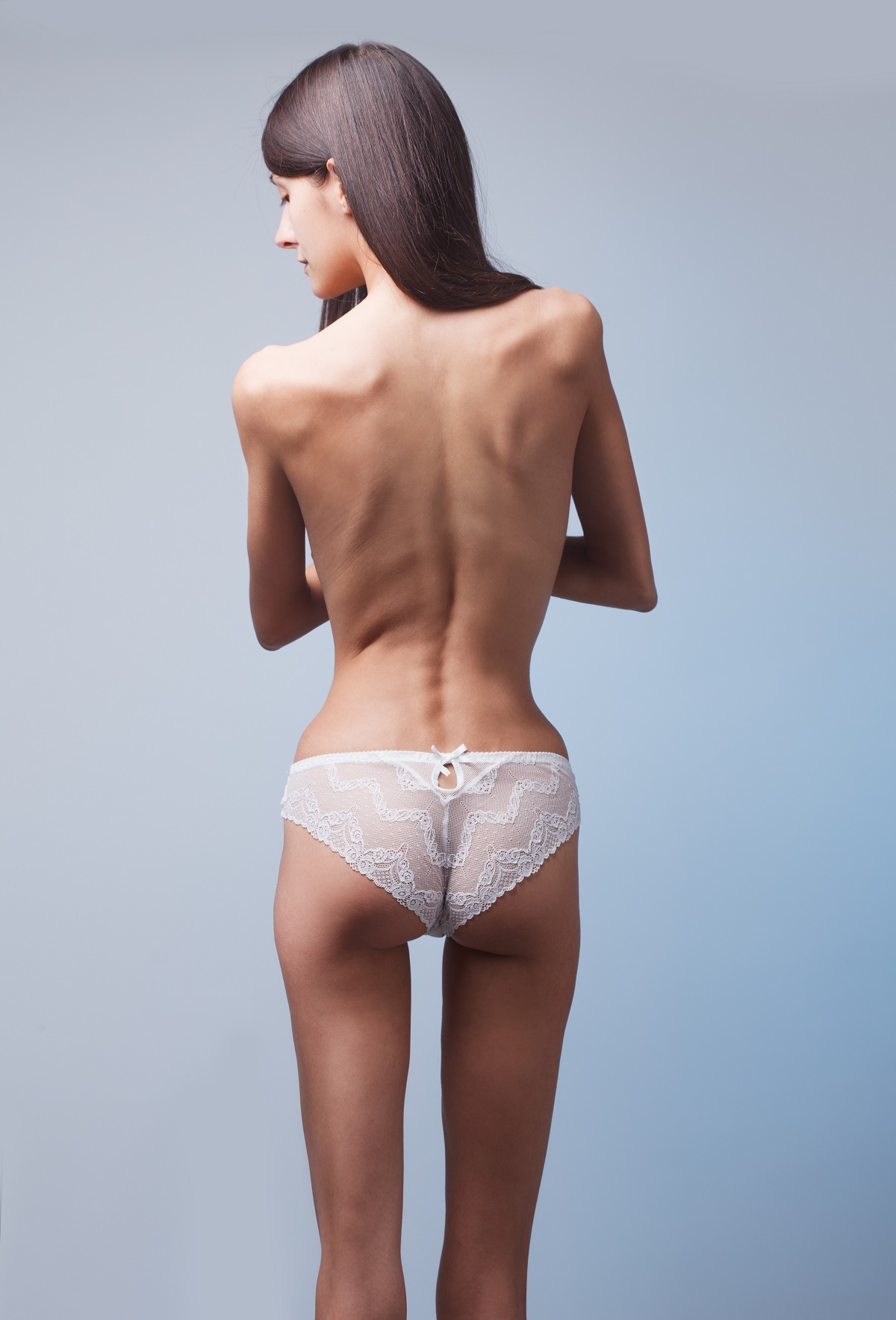Jewelry has long been a popular way for individuals to express themselves and make a statement about their style. According to a 2022 Statista report, the global jewelry market has reached $269.6 billion. From simple and elegant to bold and extravagant, jewelry can convey a range of emotions and attitudes.
In the 1970s, this desire for self-expression was taken to new heights with the introduction of mood rings. These unique jewelry pieces changed color in response to the wearer’s emotional state, making them a powerful tool for self-expression and personal reflection. This intriguing concept has sparked curiosity in many people, leading to 40 million mood rings sold in its first three months.
Despite their short-lived popularity, mood rings remain an iconic symbol of the past, and their impact on popular culture is still felt today. In recent years, it is slowly becoming popular again, with many people wanting to learn more about the science behind their mysterious powers.
How Mood Rings Work
Mood rings are a type of jewelry that changes color in response to the wearer’s body temperature. The technology behind mood rings is based on thermochromism, a phenomenon in which certain substances change color when exposed to temperature variations.
Mood rings typically contain a small, liquid crystal sensitive to temperature changes. These liquid crystals are made up of molecules that align in a specific pattern, causing them to reflect light in a particular way. When the temperature changes, the molecular arrangement of the liquid crystal also changes, altering the way it reflects light and causing the ring to change color.
The colors that mood rings display correspond to different emotional states. For example, when the ring is cool, it might appear blue, indicating a state of calmness or relaxation. As the temperature increases, the ring might turn violet or green, representing a feeling of happiness or contentment. The ring may turn yellow or orange at higher temperatures, indicating mixed emotions or unsettlement. Finally, the ring may turn red if the temperature rises, representing intense emotions like nervousness or stress.
Newer versions of mood rings may incorporate a wider range of colors to reflect a more diverse range of emotions and moods. While traditional mood rings typically feature six or seven colors, new versions may have up to 12 or more colors, each representing a different emotional state or level of intensity. For example, some modern mood rings may include colors such as pink for love, brown for stability, or gray for neutrality. These expanded color palettes allow for greater nuance and specificity in representing a person’s emotions and may provide a more accurate reflection of their current mood.
The Psychology of Mood Rings
The psychology of mood rings is rooted in the relationship between color and emotions. Colors are known to evoke specific emotional responses in humans, with certain colors associated with positive emotions like happiness, excitement, and contentment, while others are associated with negative emotions like sadness, anger, and anxiety.
The colors displayed by mood rings can potentially impact a person’s mood and behavior. For example, wearing a mood ring that turns blue when feeling calm and relaxed can remind you to practice mindfulness and stay peaceful. Similarly, wearing a mood ring that turns red when feeling stressed or angry can signal to take a break and practice stress-reducing techniques like deep breathing or meditation.
Several studies have explored the relationship between color and mood, supporting the idea that colors can significantly impact emotions and behavior. For example, a study by Lichtenfeld and Elliot (2012) found that red increases arousal while blue increases calmness. Similarly, other studies have found that green is associated with feelings of comfort and relaxation, while yellow is associated with feelings of happiness and energy.
However, it’s important to note that while mood ring colors can be a fun and interesting way to track your emotions, they are not necessarily accurate indicators of your emotional state. Body temperature can vary for many reasons, and external factors like weather and air temperature may affect a mood ring’s readings. Nonetheless, mood rings can still be a unique and entertaining way to express yourself and explore your emotions.
The Fashion and Design of Mood Rings
Mood rings have made a resurgence in the world of fashion and design in recent years, with designers and brands incorporating them into their collections. This has led to various unique and creative interpretations of the classic mood ring.
One example of a brand that has embraced the mood ring trend is Alex and Ani, which has created a “Mood Collection” that features bracelets, necklaces, and rings that change color based on the wearer’s mood. These pieces are designed to promote emotional awareness and self-reflection, each color representing a different emotional state. Another designer, Olivia Fleming, released a line of mood rings for adults that feature captivating designs and bright colors.
In addition to traditional jewelry pieces, mood rings have also been incorporated into other accessories, such as watches. The Unemployed Philosophers Guild, for example, offers a Mood Ring Watch that changes color to indicate the wearer’s emotional state.
Designers have also taken a more conceptual approach to mood rings, using the concept of color-changing to create innovative designs. For example, fashion designer Hussein Chalayan created a dress that changes design based on the wearer’s emotional state, using embedded LED belts and heat-sensitive fabric to create a unique and dynamic garment.
The resurgence of mood rings in fashion and design has led to diverse creative interpretations of this classic piece of jewelry. Whether used to promote emotional awareness or simply as a playful accessory, mood rings continue to capture the imagination of designers and consumers alike.
The Wellness Benefits of Mood Rings
Mood rings are not just a fashion accessory; they also have the potential to provide wellness benefits. One of the primary benefits of mood rings is their ability to promote self-awareness and mindfulness. By changing color based on the wearer’s emotional state, moods on mood rings can remind one to check in with oneself and become more attuned to one’s emotions.
In addition to promoting self-awareness, mood rings have also been used in meditation and yoga practices. Many people find that wearing a mood ring during meditation or yoga can help them stay present and focused on their emotional state. The changing colors of the ring can serve as a visual cue to help the wearer stay mindful of their emotions and stay centered in the present moment.
Several wellness influencers and experts have endorsed using mood rings in their practices. Yoga teacher Adriene Mishler, for example, wears a mood ring during her yoga practices to stay present and connected to her emotions. Other wellness experts have recommended using mood rings for emotional self-care and stress management.
Overall, the wellness benefits of mood rings are rooted in their ability to promote emotional awareness and mindfulness. Whether used as a tool for self-reflection, meditation, or simply as a visual reminder to stay present, mood rings can be a valuable addition to one’s wellness toolkit.
The Science Behind Mood Rings and Body Temperature
The science behind mood rings is rooted in the relationship between body temperature and emotions. Research has shown that changes in body temperature can be an indicator of emotional state, with warmer temperatures often associated with positive emotions and cooler temperatures associated with negative emotions.
Mood rings use thermochromism, which is the ability of certain materials to change color based on temperature changes. The liquid crystals inside the mood ring respond to changes in body temperature, causing the ring to change colors. When the wearer’s skin temperature increases, the crystals respond by changing to a warmer color, while a decrease in temperature causes them to change to a cooler color.
There have been several studies exploring the relationship between body temperature and emotions. For example, a survey by Nummenmaa et al. (2016) found that warmth is associated with positive emotions such as love, joy, and happiness, while coolness is related to negative emotions such as fear, anger, and sadness. The study also found that participants who experienced social exclusion had cooler skin temperatures than those who felt included.
Another study that explored the relationship between body temperature and emotions was conducted by Ziegler and Cash (2006). In this study, participants were asked to watch a series of emotional videos while their skin temperature was measured. The study found that participants with a higher resting skin temperature showed greater emotional responses to the videos than those with a lower resting skin temperature. This suggests that individual differences in skin temperature may be related to differences in emotional responsiveness.
These findings add to the growing body of research exploring the complex relationship between body temperature and emotions.
Common Misconceptions About Mood Rings
While mood rings can be fun and intriguing pieces of jewelry, some common misconceptions about their abilities need to be addressed. One of the most prevalent misconceptions is the belief that mood rings can accurately reflect a person’s emotions. This is simply not true.
Mood rings change color based on body temperature, which can be influenced by a variety of factors such as physical activity, environmental temperature, and overall health. While changes in body temperature can be an indicator of emotional state, they are not always a reliable or accurate measure of one’s true emotions.
Another misconception is that mood rings can be a diagnostic tool for mental health disorders. While changes in body temperature may be associated with particular emotional states, they are not diagnostic of mental health conditions such as depression, anxiety, or bipolar disorder. It is essential to seek professional help from a qualified mental health provider if you are experiencing mental health disorder symptoms.
Additionally, some believe mood rings can provide insight into their personality or character traits. However, there is no scientific evidence to support this claim. Mood rings are a fun and exciting piece of jewelry that can provide a unique way to express oneself and spark conversations about emotions and well-being.
While mood rings can be a fun and exciting way to explore emotions and self-expression, it is essential to recognize their limitations and not rely on them to accurately measure one’s emotions or mental health status.
The Future of Mood Rings
As technology advances, there is the potential for mood rings to become even more accurate and sophisticated. While traditional mood rings rely on changes in body temperature to change colors, new technology can provide more precise measurements of physiological responses, such as heart rate and skin conductance.
One such development is using biosensors in wearable technology, such as smartwatches and fitness trackers. These devices can measure various physiological responses, including heart rate variability, skin conductance, and respiratory rate, which can be used to infer a person’s emotional state. Incorporating this technology into mood rings could provide more accurate and comprehensive insights into a person’s emotions and overall well-being.
Additionally, advancements in materials science may allow for the creation of more durable and long-lasting mood rings. This could lead to a greater variety of designs and styles, allowing for even more self-expression and personalization.
While there is still much to be explored in terms of the accuracy and effectiveness of mood rings, the potential for new technology and materials suggests their popularity and significance will continue to grow. As understanding the complex relationships between body temperature, emotions, and mental health continues to evolve, mood rings may become an even more critical tool for self-awareness and mindfulness.
Mood rings are fascinating pieces of jewelry that have captured the attention and imagination of people for generations. From a scientific perspective to their fashion and design possibilities, mood rings offer a unique opportunity for self-expression and exploration of emotions.
Overall, the significance of mood rings in today’s society lies in their ability to spark conversations and increase awareness about the complex relationships between body temperature, emotions, and mental health. Whether used as a fashion accessory or a tool for promoting well-being, mood rings have a unique place in culture and will continue to fascinate and intrigue people for years to come.




